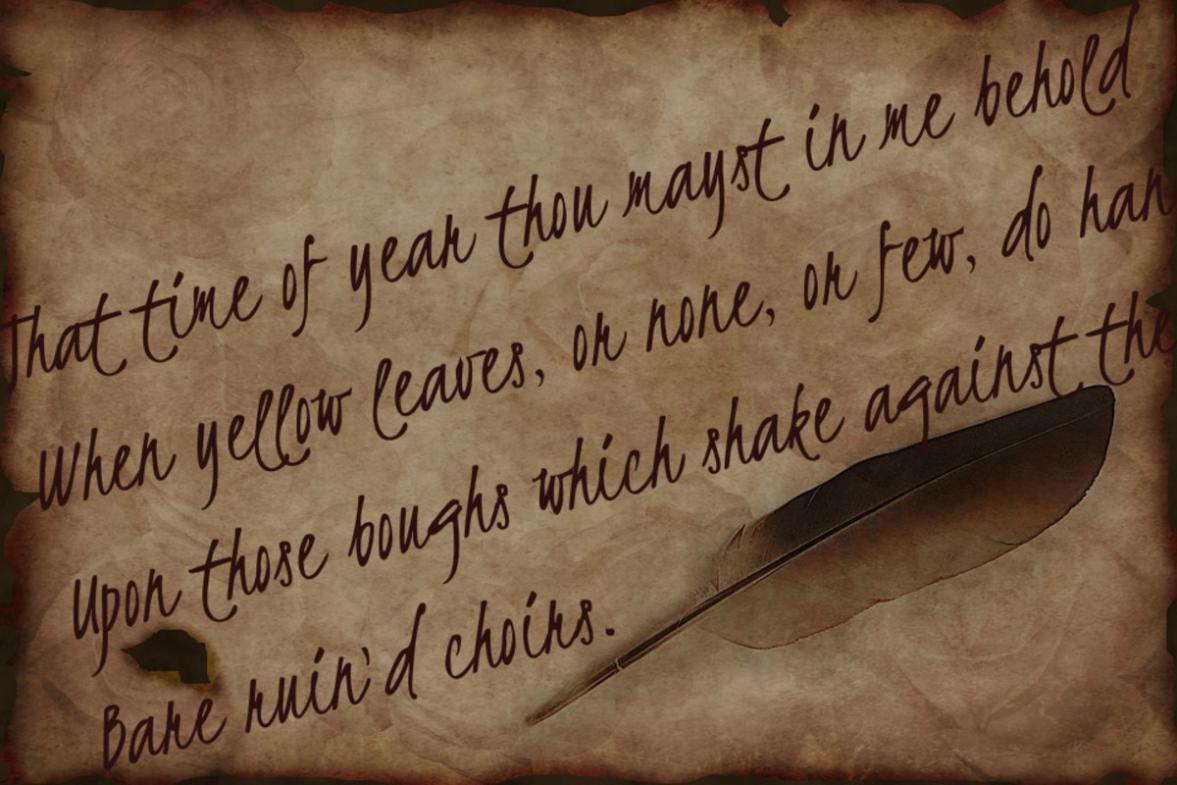Deciphering the Dark Lady: Unveiling the Mystery of Shakespeare's Mysterious Muse
In the realm of literary enigmas, few figures captivate the imagination quite like Shakespeare's Dark Lady. Emerging from the depths of his sonnets, she remains an elusive and enigmatic presence, her true identity shrouded in mystery. This article delves into the allure of the Dark Lady, exploring her historical context, literary significance, and enduring cultural impact.

I. Historical Context
A. Societal Norms And Gender Roles
- Shakespeare's time was characterized by strict societal norms and gender roles.
- Women were expected to be chaste, obedient, and subservient to men.
- Literature often reflected these societal expectations, portraying women as idealized, virtuous figures.
B. The Dark Lady As A Departure
- The Dark Lady stands in stark contrast to these traditional representations of women.
- She is passionate, sensual, and unapologetically sexual.
- Her presence challenges conventional notions of beauty and femininity.
II. Literary Analysis
A. Sonnets Attributed To The Dark Lady
- The Dark Lady is the subject of several sonnets in Shakespeare's collection.
- These sonnets explore themes of love, desire, jealousy, and betrayal.
- They are characterized by their intense imagery and passionate language.
B. Complex Emotions And Ambivalence
- The sonnets reveal a complex interplay of emotions towards the Dark Lady.
- The speaker expresses both love and desire, but also jealousy and resentment.
- This ambivalence adds depth and realism to the portrayal of the relationship.
C. Challenging Conventional Notions Of Beauty
- The Dark Lady's physical appearance is often described in unconventional terms.
- She is dark-haired, dark-skinned, and has black eyes.
- These descriptions challenge the prevailing ideal of fair-skinned, blonde beauty.
III. Biographical Speculation
A. Historical Figures
- Various historical figures have been proposed as the inspiration for the Dark Lady.
- These include Emilia Lanier, a poet and musician, and Mary Fitton, a maid of honor to Queen Elizabeth I.
- However, there is no definitive evidence to support any of these claims.
B. Literary Influences
- Some scholars believe that the Dark Lady is a composite figure, influenced by various literary sources.
- These sources include classical mythology, Renaissance poetry, and Shakespeare's own personal experiences.
- This theory allows for a more nuanced understanding of the Dark Lady's character.
C. Shakespeare's Personal Life
- Another possibility is that the Dark Lady is based on someone from Shakespeare's personal life.
- Some scholars have suggested that she may have been his wife, Anne Hathaway, or a mistress.
- However, there is no concrete evidence to support these claims.
IV. Cultural Impact
A. Enduring Fascination
- The Dark Lady continues to fascinate readers and scholars alike.
- Her enigmatic nature and complex portrayal have made her a popular subject of artistic and literary interpretation.
- She has been depicted in paintings, sculptures, and films.
B. Influence On Shakespeare's Legacy
- The Dark Lady's presence in Shakespeare's sonnets has contributed to his reputation as a master of human emotion.
- Her character challenges traditional notions of love and beauty, adding depth and complexity to his work.
- She is an integral part of Shakespeare's legacy and continues to inspire new interpretations of his work.
C. Symbol Of Female Empowerment
- In recent years, the Dark Lady has been embraced as a symbol of female empowerment and liberation.
- Her unapologetic sexuality and defiance of societal norms have resonated with contemporary audiences.
- She has become an icon for those who challenge traditional gender roles and embrace their own sexuality.
V. Conclusion
The Dark Lady remains an enigma, her true identity lost to the sands of time. Yet, it is this very mystery that contributes to her enduring fascination. She is a symbol of passion, desire, and the complexities of human nature. Her presence in Shakespeare's sonnets challenges conventional notions of love, beauty, and gender. As we continue to explore the Dark Lady's allure, we gain a deeper understanding of Shakespeare's work and the cultural context in which it was created.
YesNo

Leave a Reply